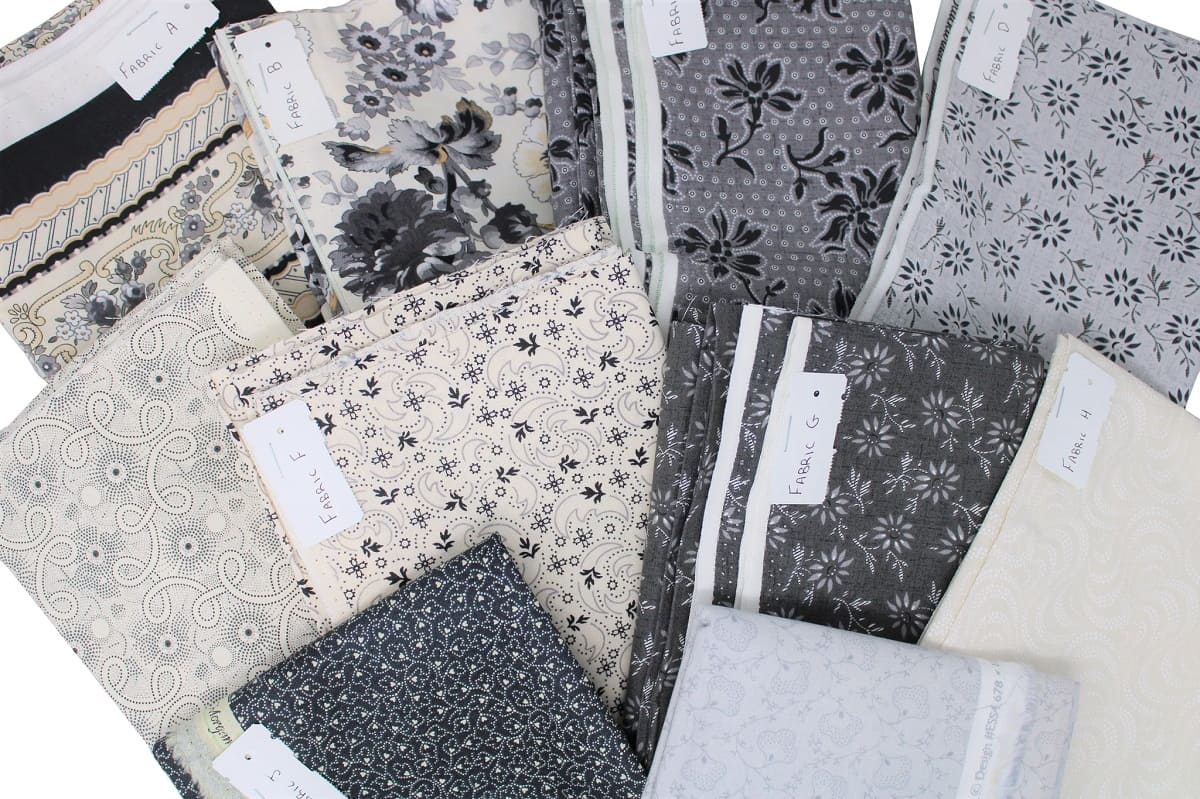

Articles
How Much Fabric Is Needed For A Twin Quilt
Modified: October 28, 2024
Discover the ideal amount of fabric required to create a beautiful twin quilt with our insightful articles. Find the perfect measurements and get started on your quilting project today!
(Many of the links in this article redirect to a specific reviewed product. Your purchase of these products through affiliate links helps to generate commission for Storables.com, at no extra cost. Learn more)
Introduction
Welcome to our guide on how much fabric is needed for a twin quilt. If you’re an avid quilter or a beginner just starting out in the world of quilting, one of the most important considerations is determining the right amount of fabric for your project. It can be overwhelming to figure out how much fabric to buy, but with some basic knowledge and a few calculations, you can confidently plan and execute your twin quilt.
Quilting is a beautiful art form that allows you to express your creativity, preserve memories, and add a cozy touch to any home decor. Whether you’re making a twin quilt for yourself, a loved one, or for a charitable cause, understanding the fabric requirements will ensure you have enough material to complete your project without running short or wasting excess fabric.
In this article, we will explore the factors to consider when determining how much fabric is needed for a twin quilt. We will discuss the standard measurements of a twin quilt and how to calculate the fabric yardage accordingly. Additionally, we will address quilt pattern and design considerations, as well as factors that may affect the fabric requirements. Lastly, we will touch on adjusting fabric yardage for borders and binding to complete your quilt.
So, whether you’re embarking on your first quilt project or looking to refine your quilting skills, let’s dive into the world of fabric and discover how much fabric you’ll need for a beautiful twin quilt.
Key Takeaways:
- Plan ahead and consider factors like quilt size, pattern complexity, and fabric shrinkage to accurately estimate fabric yardage for a twin quilt. Don’t forget to add a little extra fabric for potential errors or changes in design.
- When calculating fabric yardage for a twin quilt, remember to account for borders, binding, and factors like print scale, piecing style, and backing fabric. Choose fabrics that inspire you and enjoy the creative process of quilting.
Read more: How Much Fabric Is Needed For A Quilt Border
Factors to Consider
When determining how much fabric is needed for a twin quilt, there are several factors to consider. These factors will help you accurately estimate the amount of fabric required for your project. Let’s take a closer look at each of these factors:
- Quilt Size: The size of your twin quilt will greatly impact the amount of fabric needed. Twin quilts typically measure around 66 inches by 88 inches, but it’s important to measure your specific project to ensure accuracy.
- Quilt Pattern and Design: The complexity of your quilt pattern and design also affects the fabric requirements. Quilts with intricate designs or patterns that require fussy cutting, appliqué, or specific fabric placements may need more fabric than simpler designs.
- Block Size: If you’re planning to construct your twin quilt with blocks, the size of the block will determine the fabric needed. Larger blocks will require more fabric compared to smaller blocks.
- Seam Allowance: The standard seam allowance for quilting is ¼ inch, but if you prefer a larger seam allowance, it’s important to account for the extra fabric needed to accommodate it.
- Backing and Binding: Don’t forget to consider the fabric required for the backing and binding of your quilt. The backing fabric is the material that will be on the underside of the quilt, while the binding fabric is used to finish the edges. These require additional yardage.
- Print and Fabric Placement: Fabric with a large print or directional pattern may require more yardage to ensure proper alignment and pattern continuity across the quilt top. Additionally, if you want to strategically place certain fabrics in specific areas of the quilt, extra fabric may be needed.
By taking these factors into account, you’ll have a better understanding of how much fabric you’ll need for your twin quilt. Remember, it’s always better to have a little extra fabric on hand to account for any errors or changes in your design. Planning ahead and considering these factors will help you avoid any surprises and ensure a successful quilting project.
Measurements of a Twin Quilt
Before we delve into calculating the fabric requirements for a twin quilt, let’s take a look at the standard measurements for this quilt size. A twin quilt typically measures around 66 inches by 88 inches, making it a popular choice for single beds, college dorms, or as a versatile throw quilt.
The width of a twin quilt, which is 66 inches, is designed to cover the width of a standard twin mattress. This width allows for ample coverage without excessive overhang that may cause tripping or difficulty in making the bed. The length of a twin quilt, which is 88 inches, is sufficient to cover the length of a standard twin mattress, with some additional length to accommodate tucking in the quilt at the foot of the bed.
However, it’s important to note that these measurements are meant as a guideline. You may want to adjust the dimensions of your twin quilt based on personal preference or the specific mattress size you are creating it for. Always measure the mattress or the desired coverage area to ensure the perfect fit for your quilt.
Additionally, if you’re planning to add borders to your twin quilt, you’ll need to account for the additional width and length that the borders will add to the quilt top. Borders not only provide a finishing touch but can also enhance the overall design and proportions of your quilt.
Understanding the measurements of a twin quilt will allow you to accurately calculate the fabric yardage needed for your project. Now, let’s move on to the next step and explore how to calculate the fabric requirements for your twin quilt.
Calculating Fabric Yardage
When it comes to calculating the fabric yardage needed for a twin quilt, it’s essential to be precise and accurate. There are a few key steps you can follow to ensure your calculations are on point:
- Determine the total quilt top area: Start by multiplying the width of the twin quilt by its length. For example, if your twin quilt measures 66 inches by 88 inches, the total quilt top area would be 5,808 square inches.
- Convert square inches to square yards: To convert square inches to square yards, divide the total square inches by 1,296 (since there are 1,296 square inches in a square yard). In our example, 5,808 square inches divided by 1,296 equals approximately 4.5 square yards.
- Account for seam allowances: Remember to factor in the seam allowances for the quilt top. If your seam allowance is ¼ inch, you’ll need to add extra fabric to account for the seams. This can be done by multiplying the total quilt top area (in square inches) by the desired seam allowance width and dividing by 1,296 (square inches in a square yard).
- Consider fabric shrinkage: Keep in mind that some fabrics may shrink after washing. If you anticipate shrinkage, it’s a good idea to add a bit of extra fabric to your calculations to account for this.
- Calculate fabric yardage: Once you’ve accounted for seam allowances and shrinkage (if applicable), you can calculate the final fabric yardage needed by adding the extra fabric from step 3 to the square yardage calculated in step 2.
By following these steps, you’ll have a reliable estimate of the fabric yardage required for your twin quilt. Keep in mind that it’s always a good idea to buy a little extra fabric to account for any errors, pattern matching, or future repairs.
Now that we’ve covered the basic calculations, let’s move on to discussing quilt pattern and design considerations that may affect the fabric requirements for your twin quilt.
A standard twin quilt typically requires 5-6 yards of fabric for the top and backing, plus additional fabric for binding and any borders or sashing. Be sure to account for any pattern or design considerations when calculating fabric needs.
Quilt Pattern and Design Considerations
When planning your twin quilt, the pattern and design you choose can greatly impact the amount of fabric needed. Some quilt patterns may require more fabric due to intricate designs, larger blocks, or fabric placement considerations. Here are some key points to consider when it comes to quilt pattern and design:
- Block Size: Quilts made with larger blocks will require more fabric compared to quilts with smaller blocks. If you’re following a specific quilt pattern that includes block measurements, make sure to calculate the fabric requirements based on the size of the blocks.
- Complexity of Design: Quilt designs that involve intricate piecing, appliqué work, or detailed patterns may require additional fabric. These designs often involve smaller pieces that need to be cut precisely, which can result in more fabric waste.
- Fussy Cutting and Fabric Placement: If you plan to fussy cut fabric, which means selectively cutting specific motifs or sections of the fabric, you may need to buy extra fabric to ensure you have enough to work with. Additionally, if your quilt design requires specific fabric placement or creating a gradient effect, it’s important to account for this in your fabric calculations.
- Directional Prints: Fabrics with directional prints, such as stripes or chevrons, require careful consideration when it comes to fabric placement. You may need more fabric to ensure the print aligns correctly across the quilt top.
It’s important to review the instructions and recommendations provided with your chosen quilt pattern. The pattern designer may provide specific fabric requirements based on the design’s complexity and measurements. By following their guidance, you can ensure you have enough fabric to complete your twin quilt.
Remember, your fabric choices are crucial in bringing your quilt pattern and design to life. Take the time to envision how different fabrics and prints will work together in your quilt, and consider the impact on the overall fabric requirements.
Now that we’ve explored the role of quilt pattern and design, let’s move on to discussing other factors that may affect the fabric requirements for your twin quilt.
Factors Affecting Fabric Requirements
When calculating the fabric requirements for a twin quilt, it’s important to consider additional factors that can impact the amount of fabric needed. By taking these factors into account, you can ensure that you have enough fabric to complete your project without running short. Here are some key factors that may affect fabric requirements:
- Print and Fabric Scale: Fabrics with large-scale prints or bold designs may require more yardage to ensure that the pattern remains intact and visually appealing across the quilt top. Conversely, smaller-scale prints may allow for more efficient fabric usage.
- Background Fabric: The background fabric used in your quilt can also affect the fabric requirements. If you choose a solid or low-contrast background, you may need less fabric compared to a busy or high-contrast background.
- Border and Sashing: Adding borders and sashing to your twin quilt can change the fabric requirements. Borders and sashing can add width and length to the quilt top, requiring additional fabric. Consider the width of the borders and whether you intend to use sashing between blocks or sections.
- Piecing Style: The way you piece your quilt top can also impact fabric requirements. For example, if you plan to use a lot of intricate piecing techniques, you may need more fabric to account for potential errors or adjustments during the piecing process.
- Backing Fabric: The fabric used for the backing of your twin quilt is an additional consideration. The size of your quilt top will determine the amount of backing fabric needed. It’s a good practice to buy extra fabric for the backing, especially if you want to accommodate any pattern matching or directional prints.
- Batting: Although not directly related to fabric yardage, your choice of batting will impact the thickness and loft of your quilt. The loftier the batting, the more space it will occupy, which may affect how much fabric you need for quilting the layers together.
Each of these factors can influence the fabric requirements for your twin quilt. By carefully considering these variables, you can make accurate calculations and ensure that you have the right amount of fabric to bring your vision to life.
Next, let’s discuss how to adjust fabric yardage to account for borders and binding, which are essential finishing components of a quilt.
Adjusting Fabric Yardage for Borders and Binding
When planning your twin quilt, it’s important to account for the fabric yardage needed for borders and binding. Borders and binding not only add a professional and finished look to your quilt but also affect the overall fabric requirements. Here’s how to adjust the fabric yardage for borders and binding:
- Borders: Borders are strips of fabric that frame the quilt top, creating a border around the edges. Adding borders can enhance the design and proportions of your twin quilt. To calculate the fabric yardage for borders, measure the width and length of your quilt top, taking into account any adjustments made during the piecing process. Determine the desired width of your borders, and add that amount to the width and length of the quilt top measurements. Multiply the sum by 2 (to account for both top and bottom borders), and add extra for seam allowances. This will give you the fabric yardage needed for your borders.
- Binding: Binding is the fabric strip that wraps around the edges of the quilt, securing the layers together. To calculate the fabric yardage for binding, measure the total perimeter of your quilt (by adding up all four sides). Add a few extra inches for seam allowance and joining the binding ends. Multiply the sum by 2.5 or 3 (depending on the desired width of your binding strips) to determine the fabric yardage needed for the binding.
It’s a good practice to choose fabrics for borders and binding that complement or coordinate with the quilt top. You can opt for a contrasting color to make the borders and binding stand out or choose a fabric that matches one of the colors in your quilt top for a cohesive look.
It’s worth mentioning that strip-piecing techniques can help conserve fabric when making borders and binding. By sewing together smaller fabric strips, you can create longer strips with less waste.
By adjusting the fabric yardage for borders and binding, you can ensure you have enough material to finish your twin quilt beautifully. Keep in mind that these calculations are estimates, and it’s always wise to have a little extra fabric on hand to account for any unforeseen adjustments or errors.
With the fabric requirements for your twin quilt now thoroughly considered, we can conclude our guide. Happy quilting, and may your twin quilt turn out to be a true masterpiece!
Conclusion
Congratulations! You’ve reached the end of our comprehensive guide on how much fabric is needed for a twin quilt. We’ve covered various factors to consider, including the measurements of a twin quilt, calculating fabric yardage, quilt pattern and design considerations, factors affecting fabric requirements, and adjusting fabric yardage for borders and binding.
By taking into account the size of your twin quilt, the complexity of the design, seam allowances, and other variables, you can accurately estimate the amount of fabric required for your project. Planning ahead and considering these factors will help you avoid running short of fabric or wasting excess material.
Remember, quilting is an art form that allows you to express your creativity and create beautiful pieces that last a lifetime. Choose fabrics that inspire you, play with colors and patterns, and enjoy the process of bringing your vision to life.
Whether you’re a seasoned quilter or just starting out, understanding how much fabric you need for a twin quilt is essential for a successful project. Take the time to measure, calculate, and plan, and don’t forget to add a little extra fabric for adjustments and potential future repairs.
Now that you have the knowledge and tools to confidently estimate fabric yardage for your twin quilt, it’s time to dive into your next quilting adventure. Get your sewing machine ready, gather your fabrics, and embrace the joy of creating a beautiful and cozy twin quilt.
Thank you for joining us, and happy quilting!
Once you've figured out how much fabric you need for a twin quilt, you might wonder about the best twin quilts available. Whether you're looking for style, comfort, or durability, our next article covers all bases. Don't miss out on finding your next cozy addition for a delightful sleep experience.
Frequently Asked Questions about How Much Fabric Is Needed For A Twin Quilt
Was this page helpful?
At Storables.com, we guarantee accurate and reliable information. Our content, validated by Expert Board Contributors, is crafted following stringent Editorial Policies. We're committed to providing you with well-researched, expert-backed insights for all your informational needs.
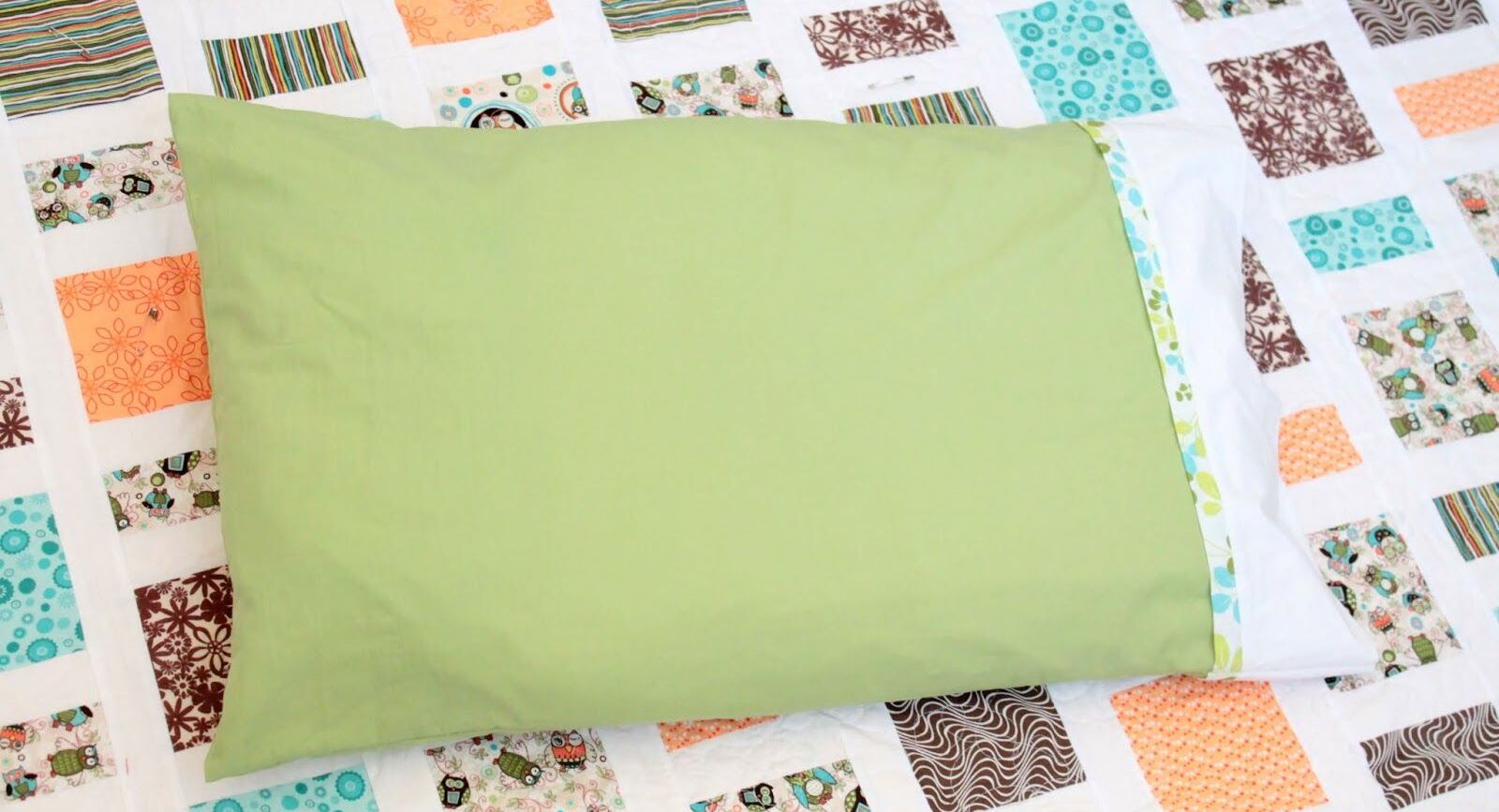
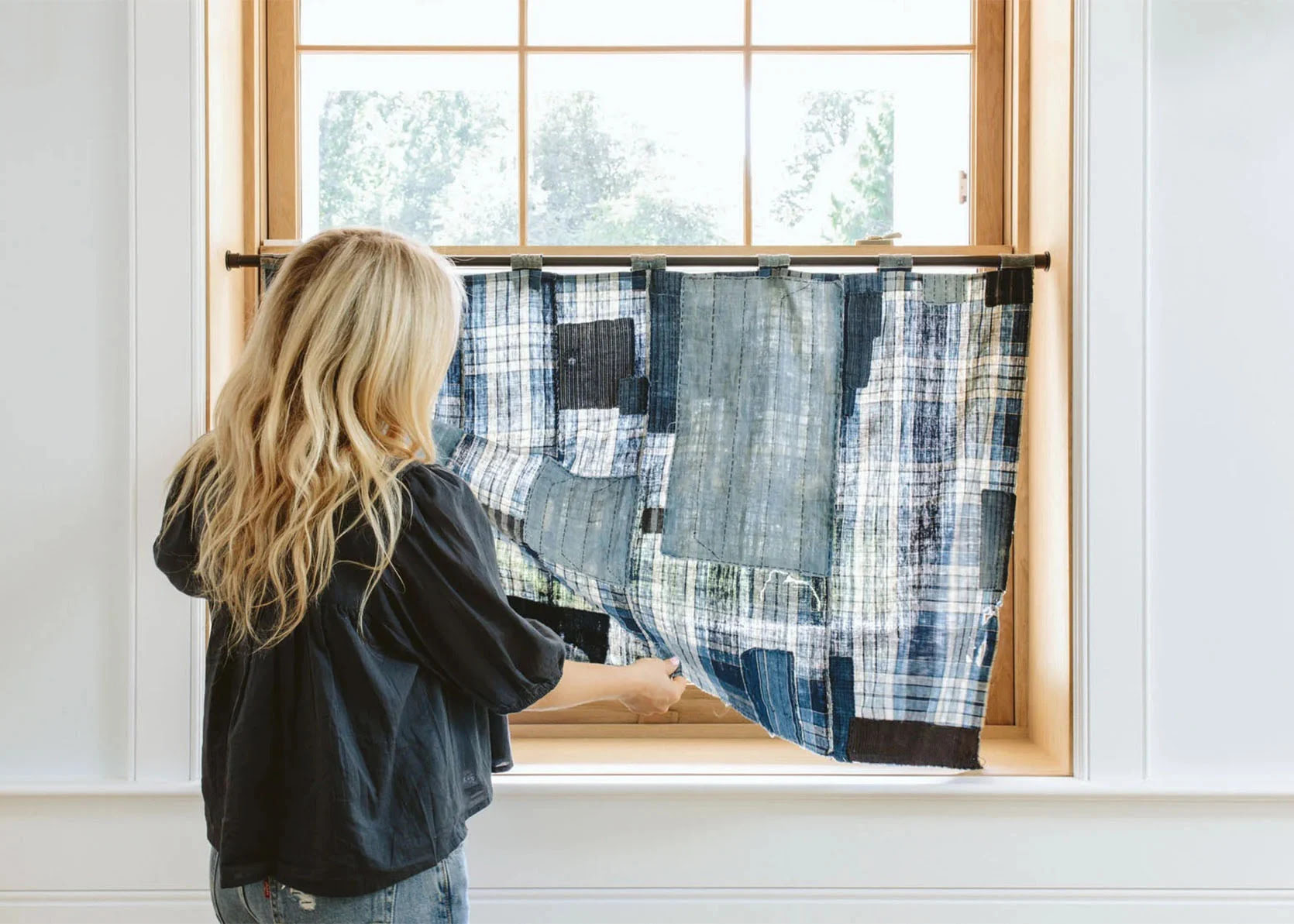
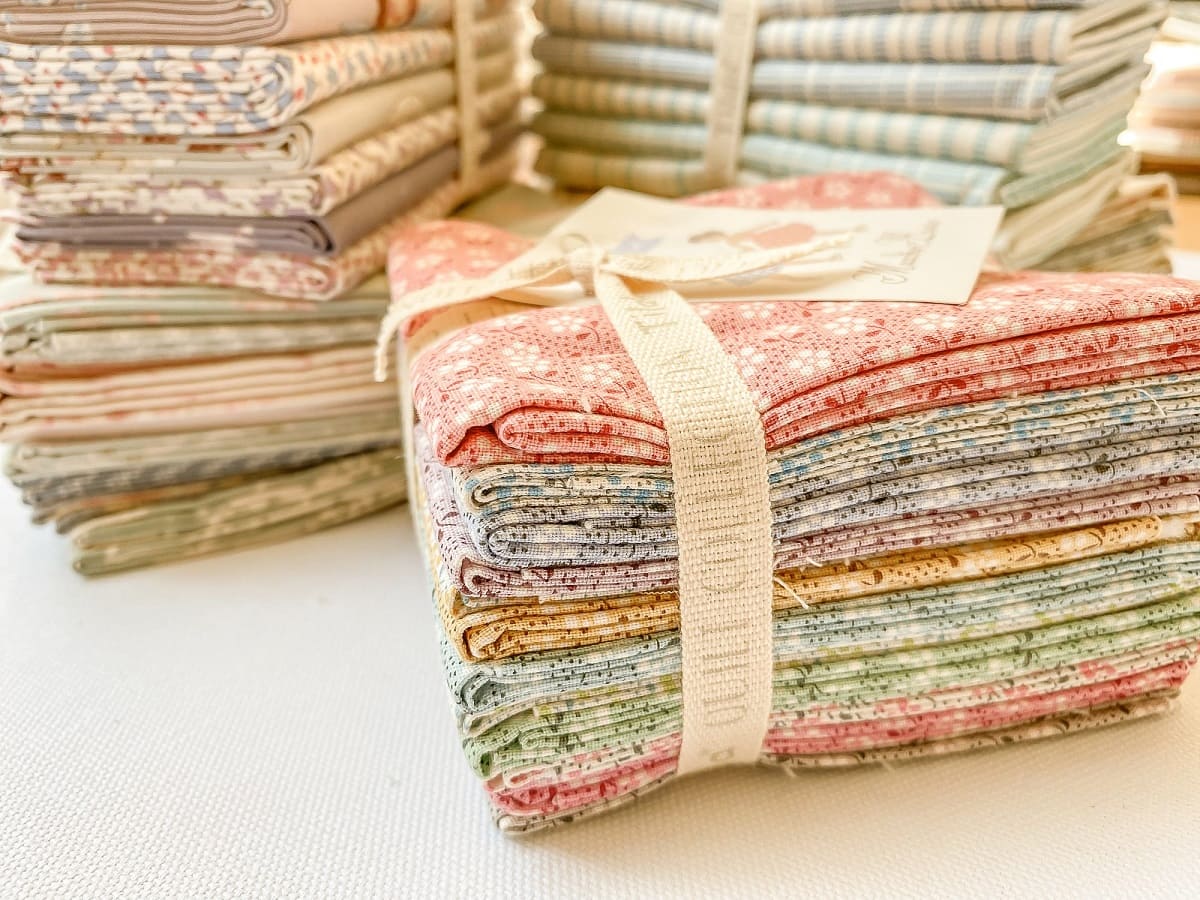
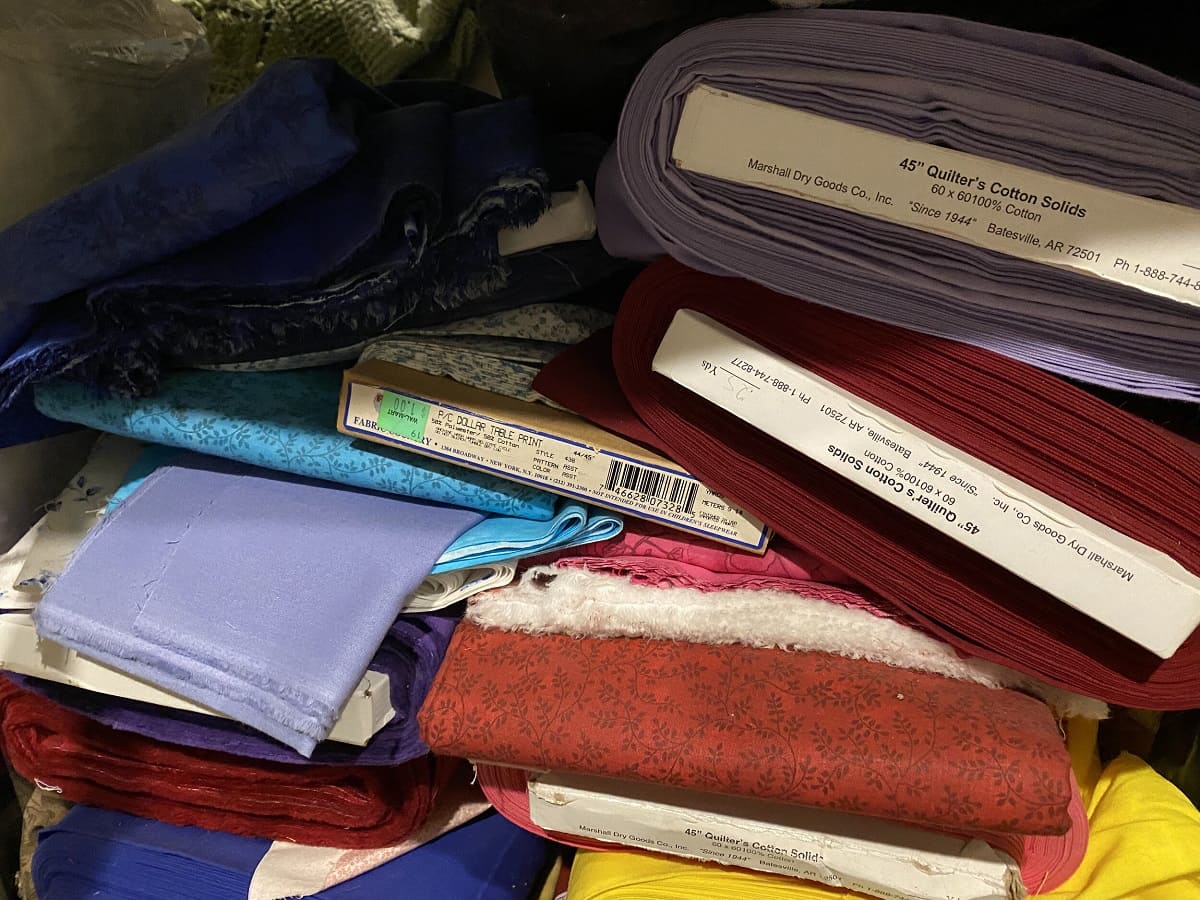
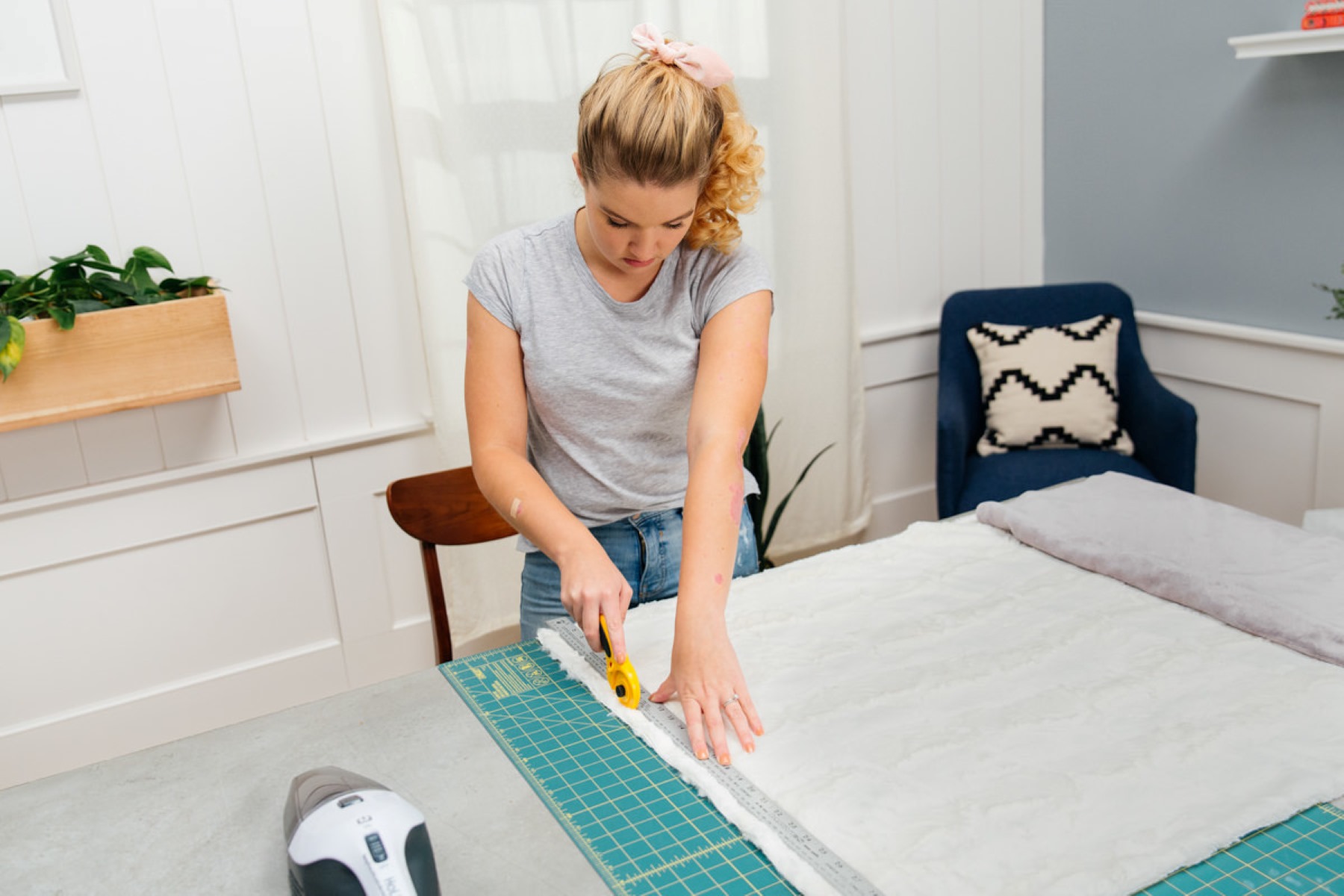
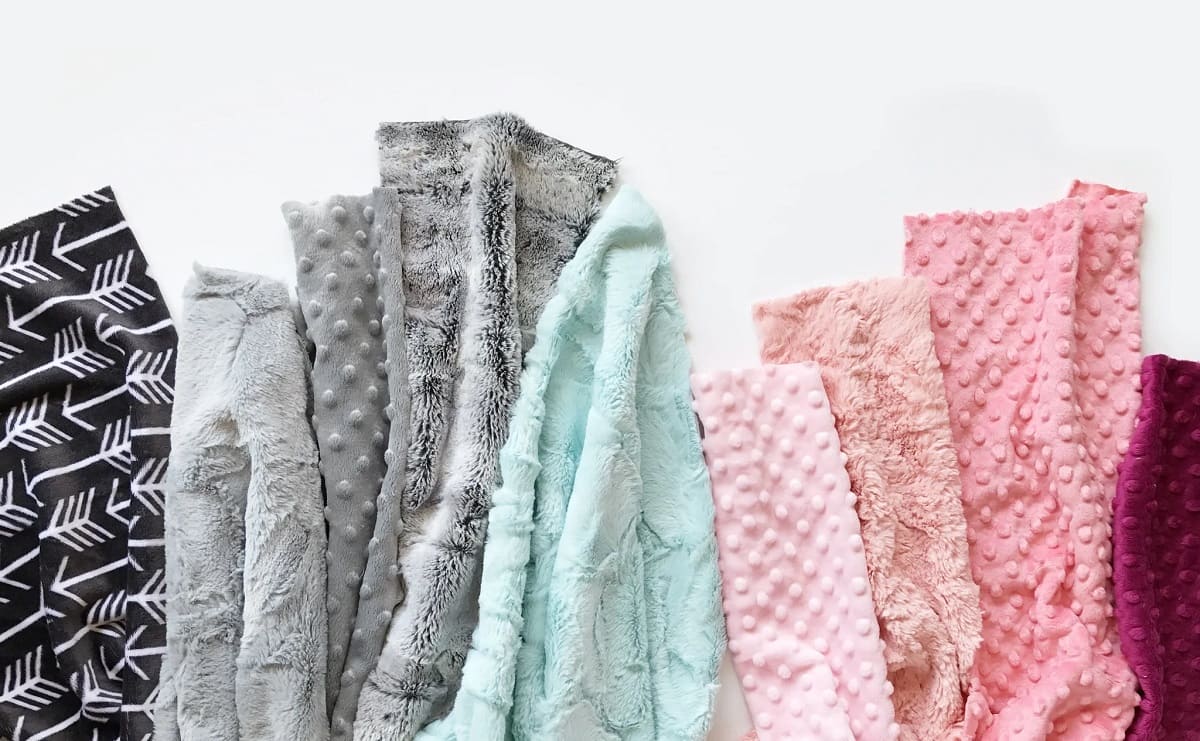
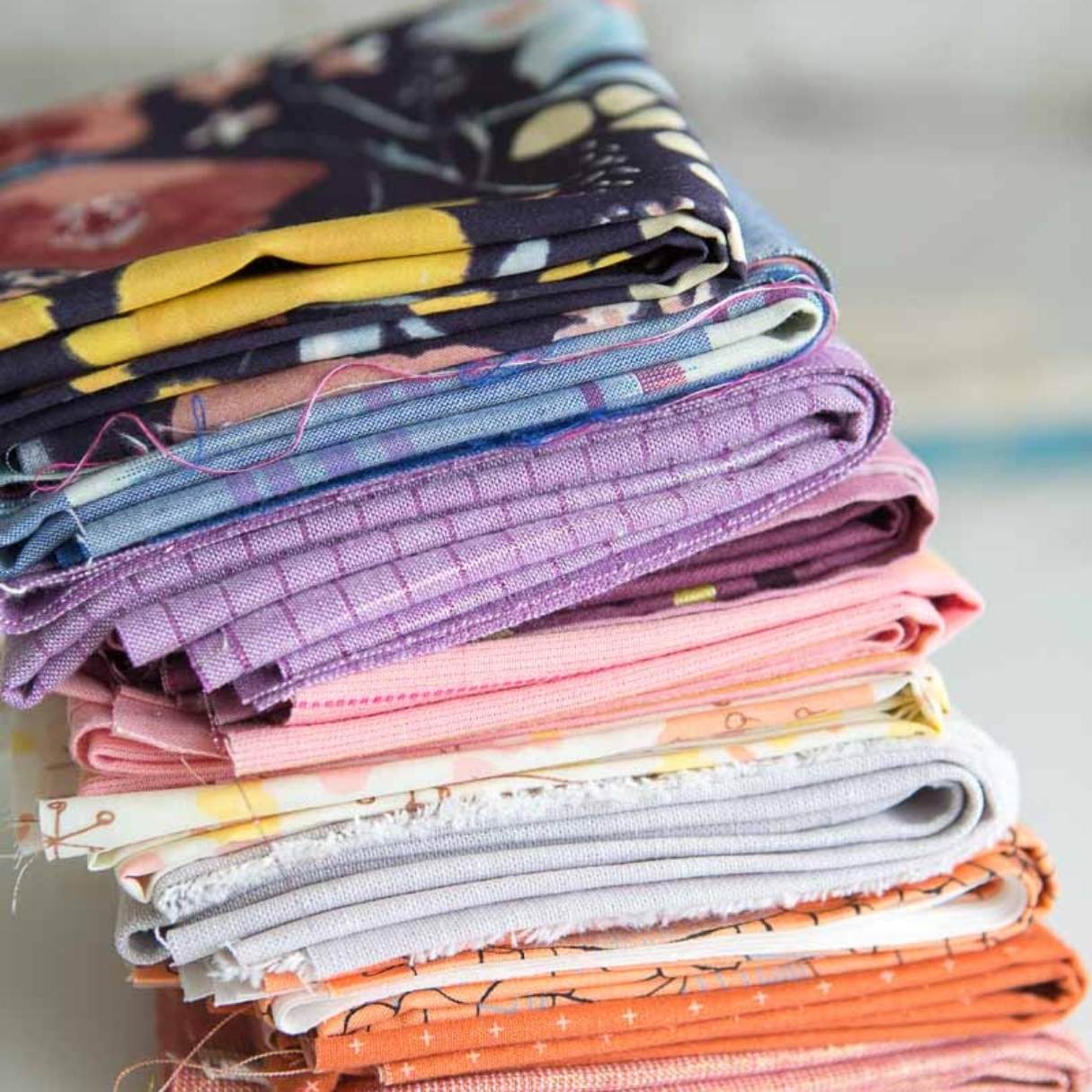
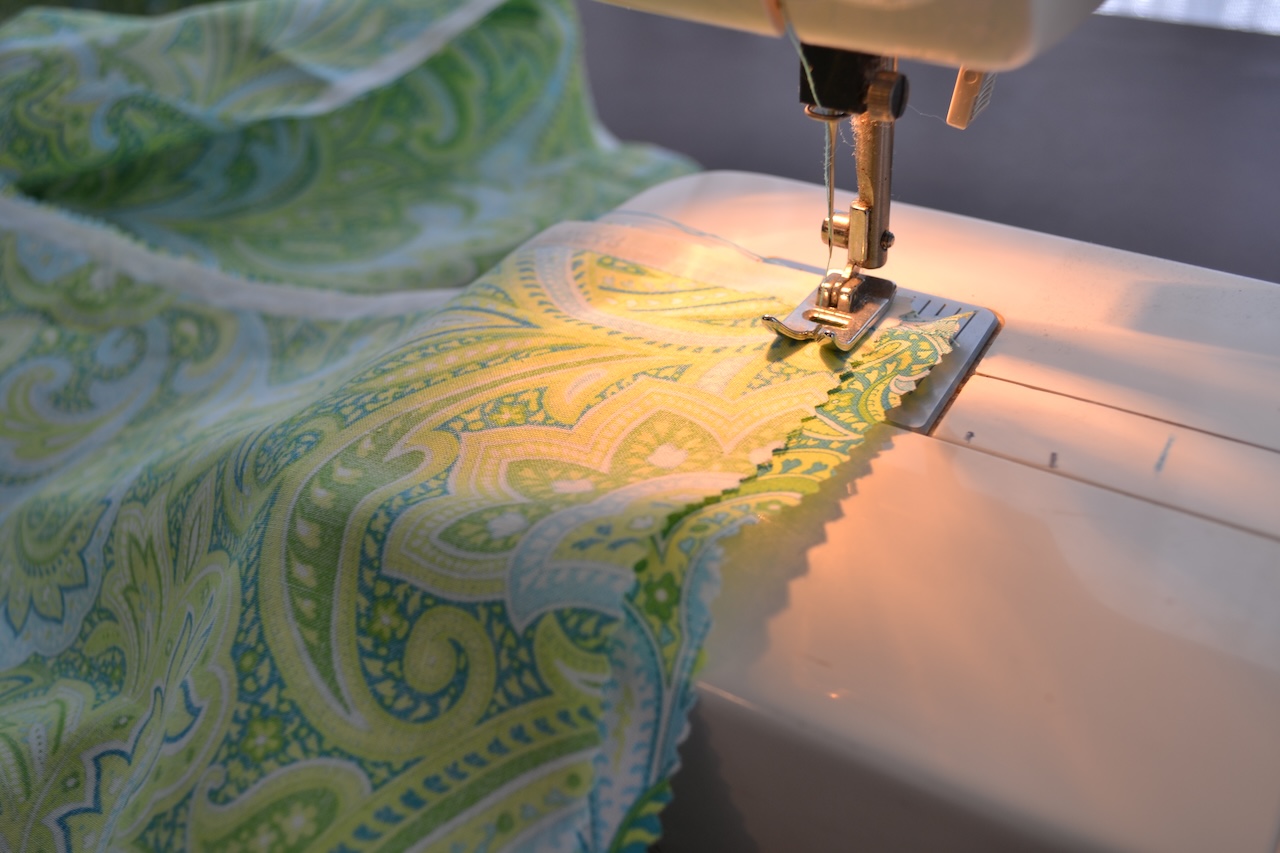
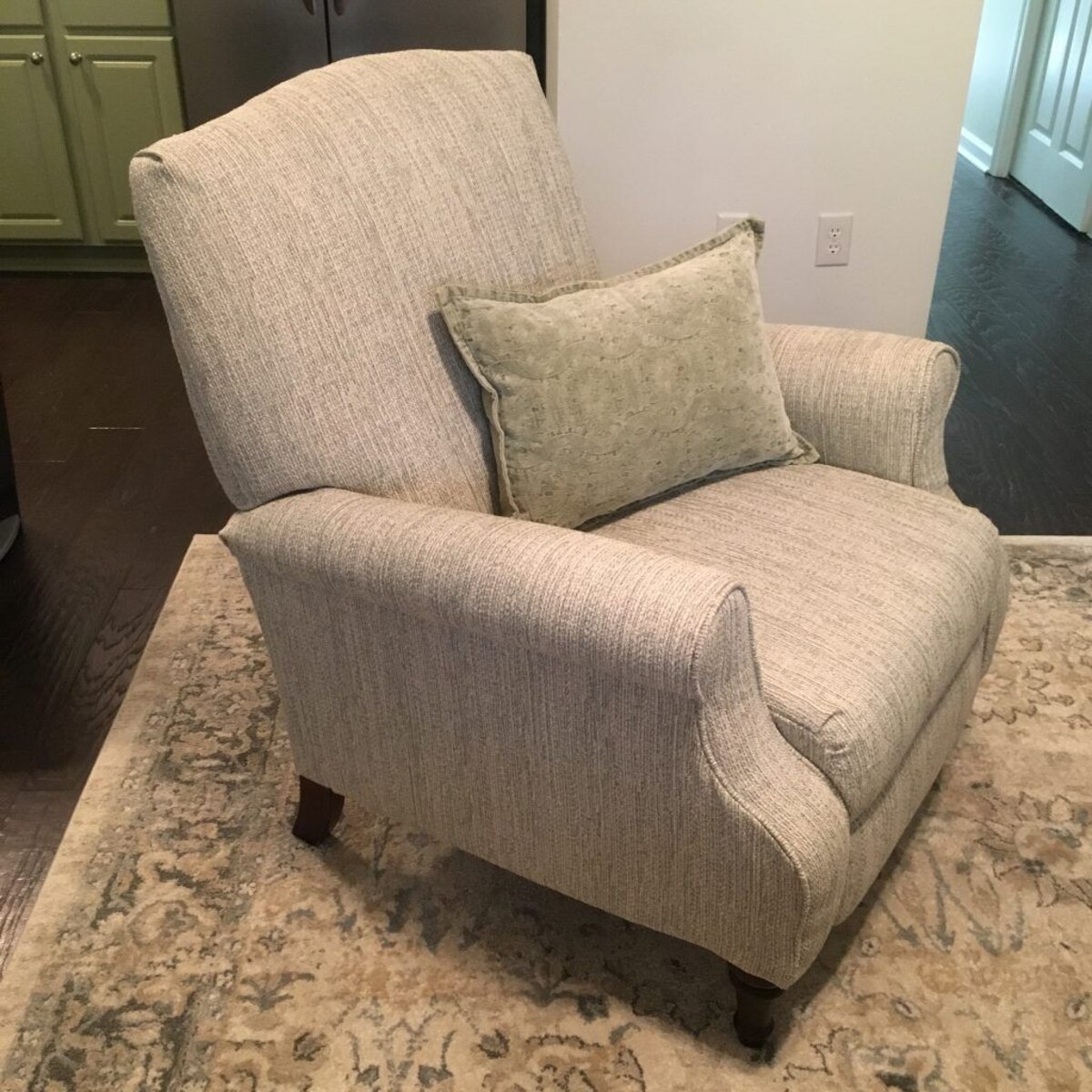
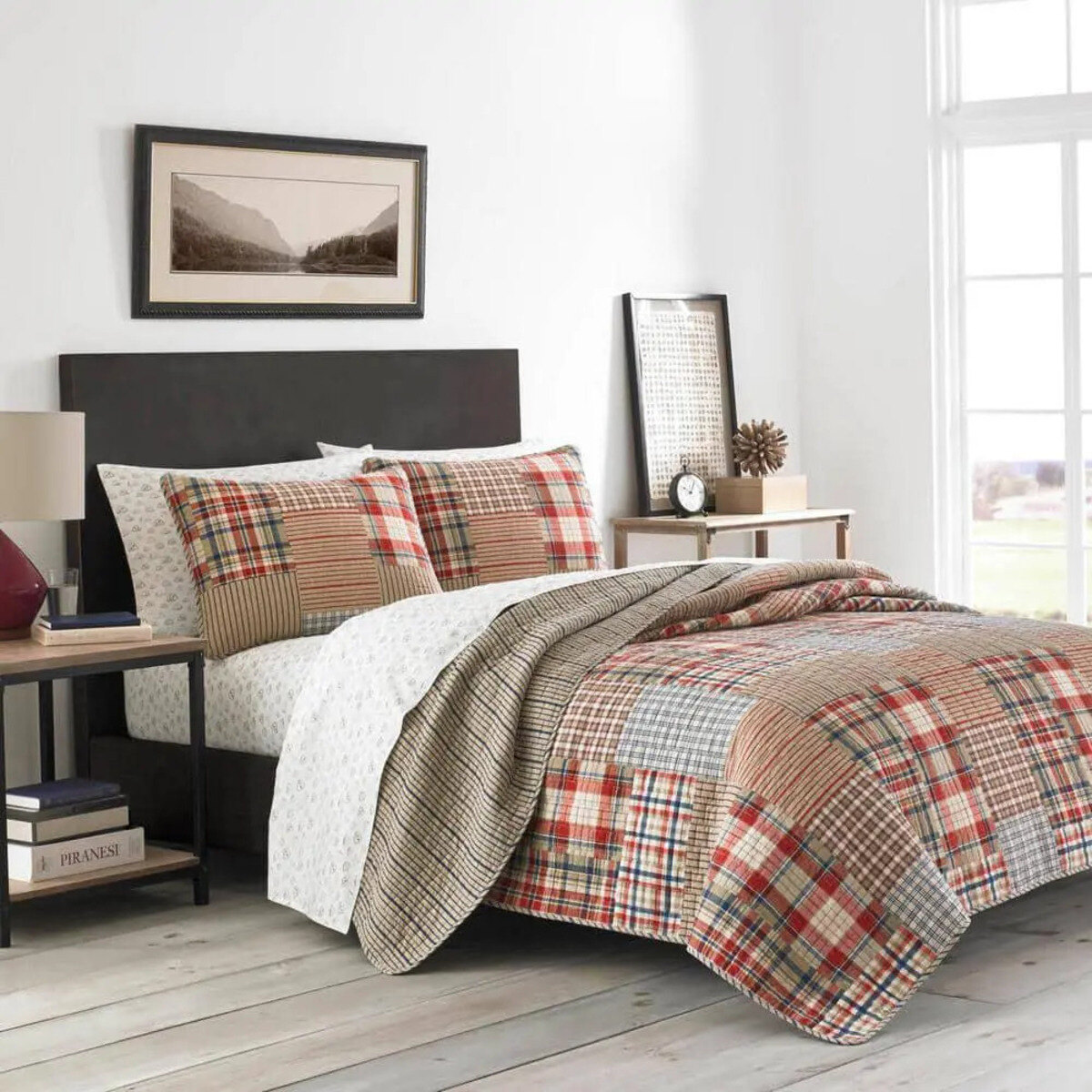
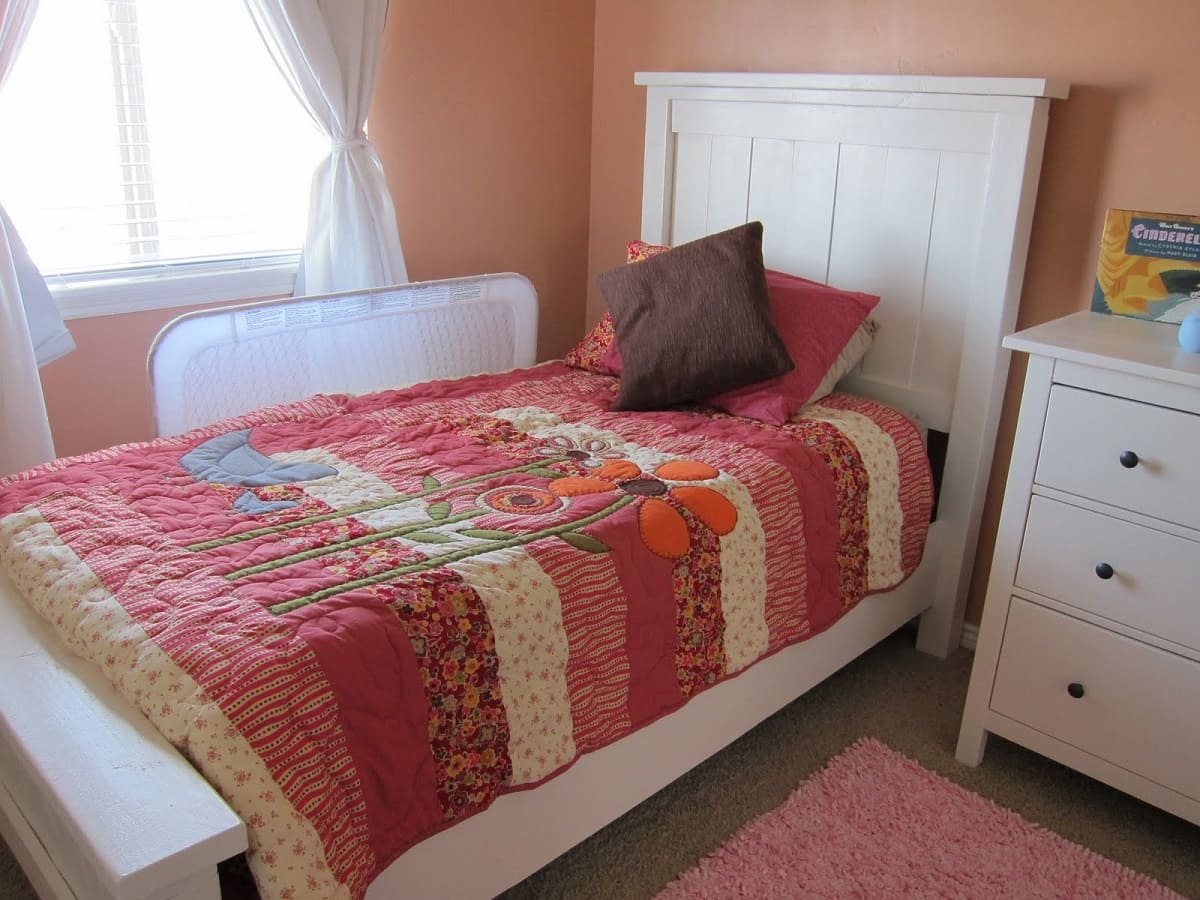
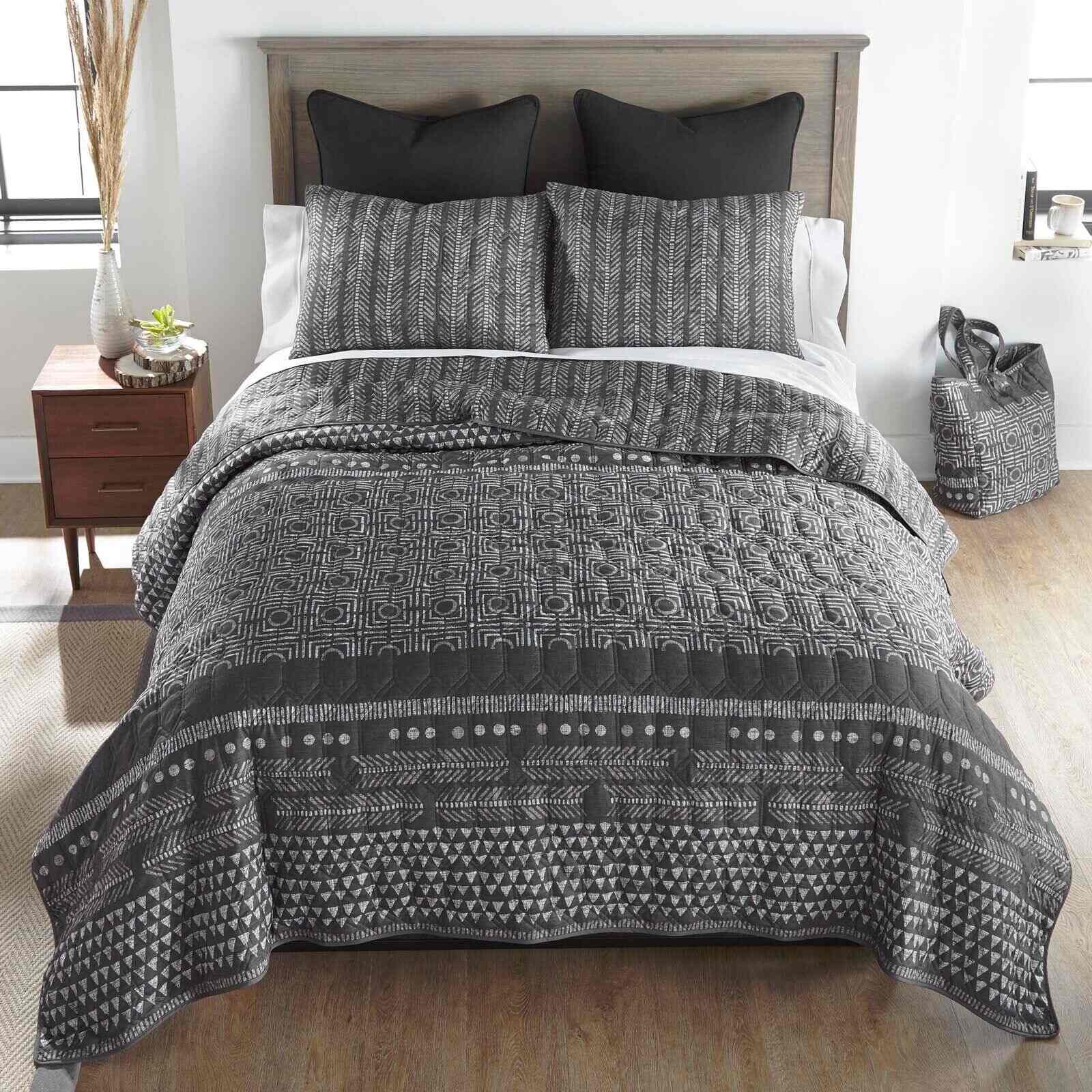
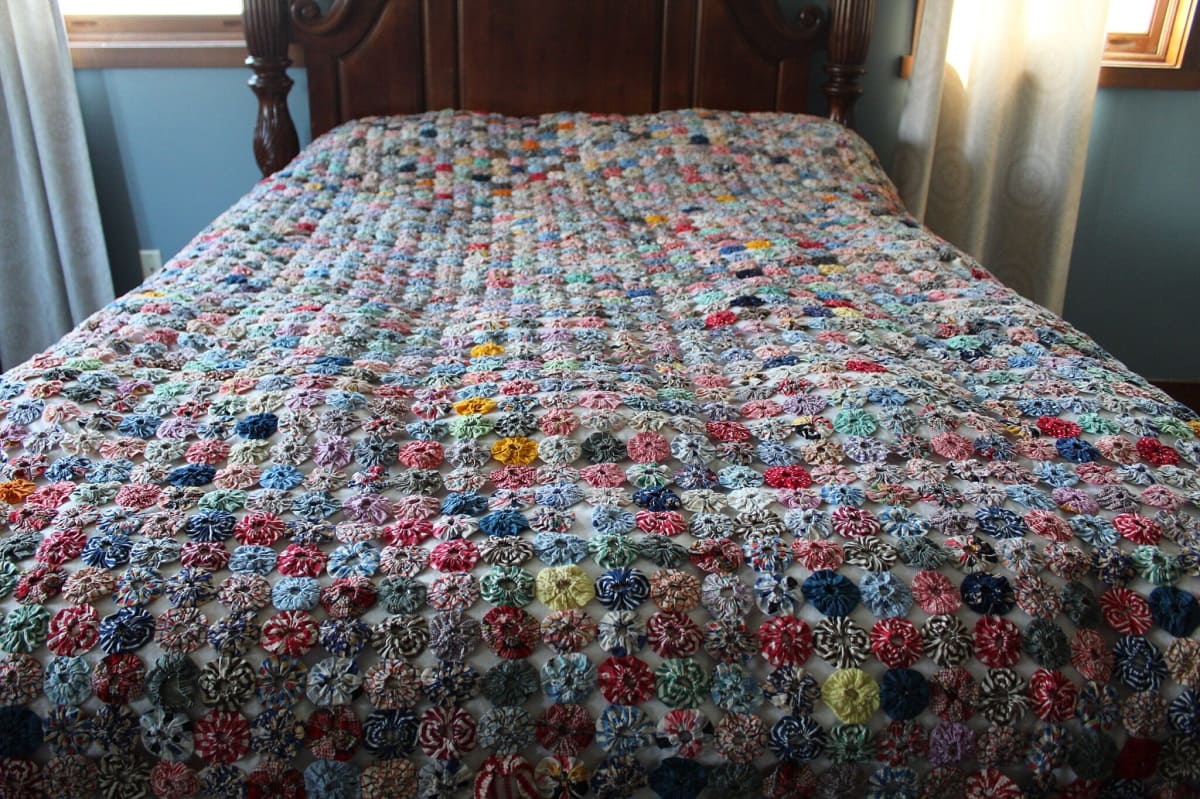
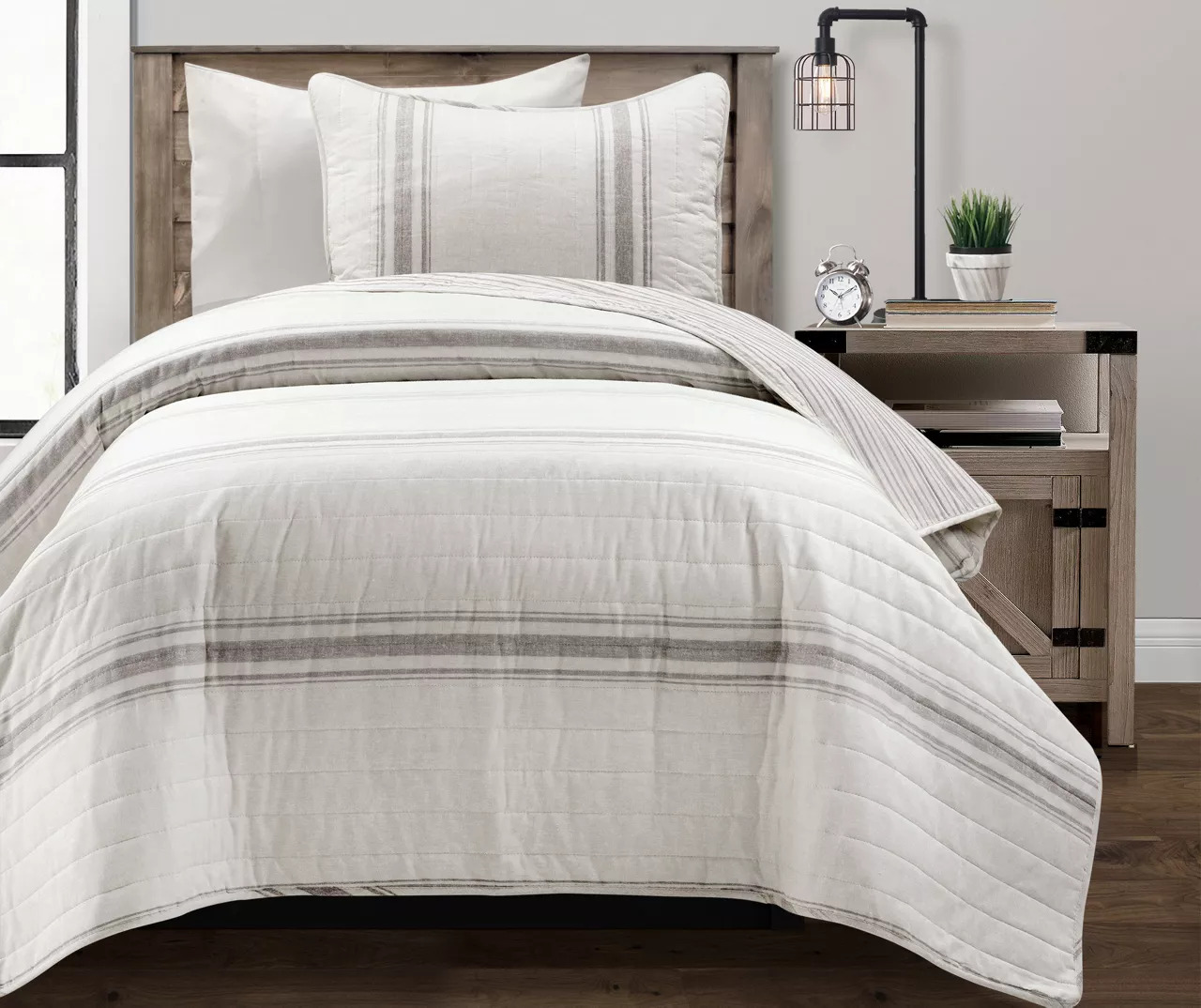

0 thoughts on “How Much Fabric Is Needed For A Twin Quilt”